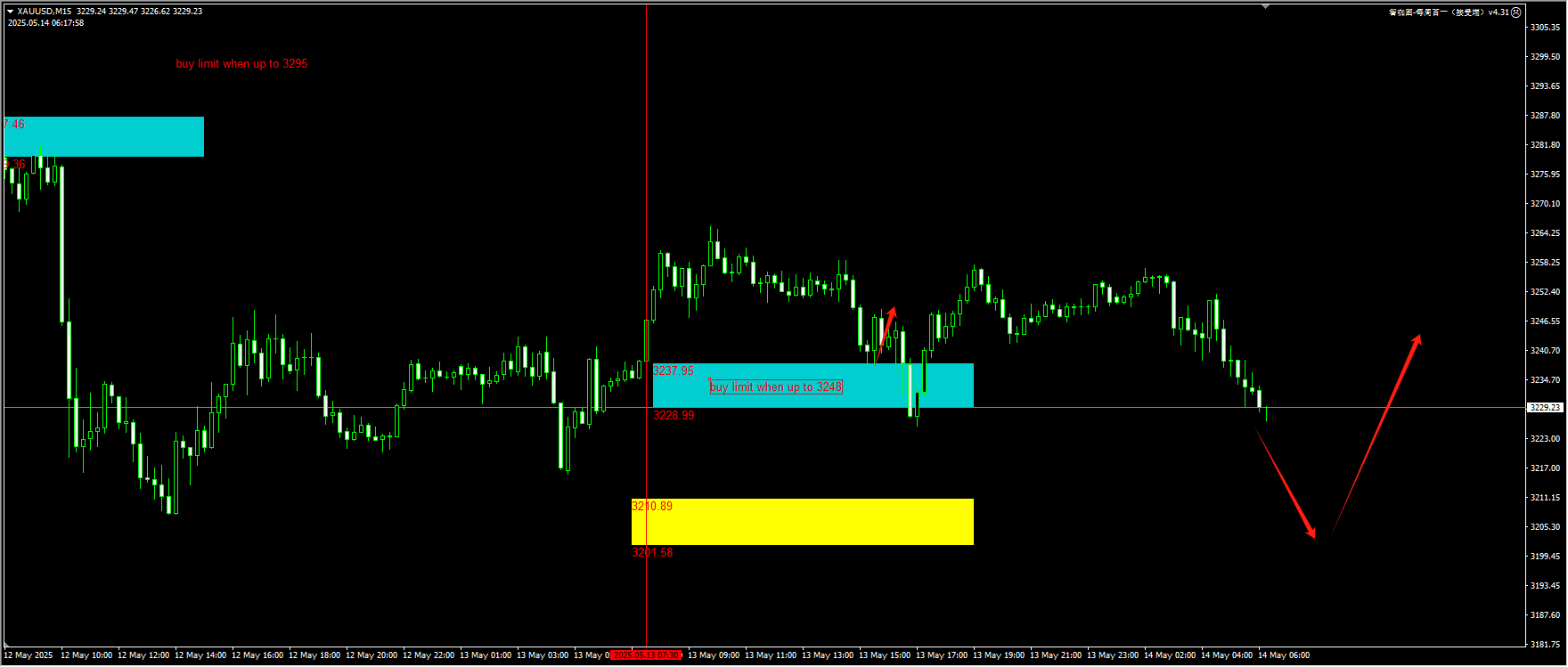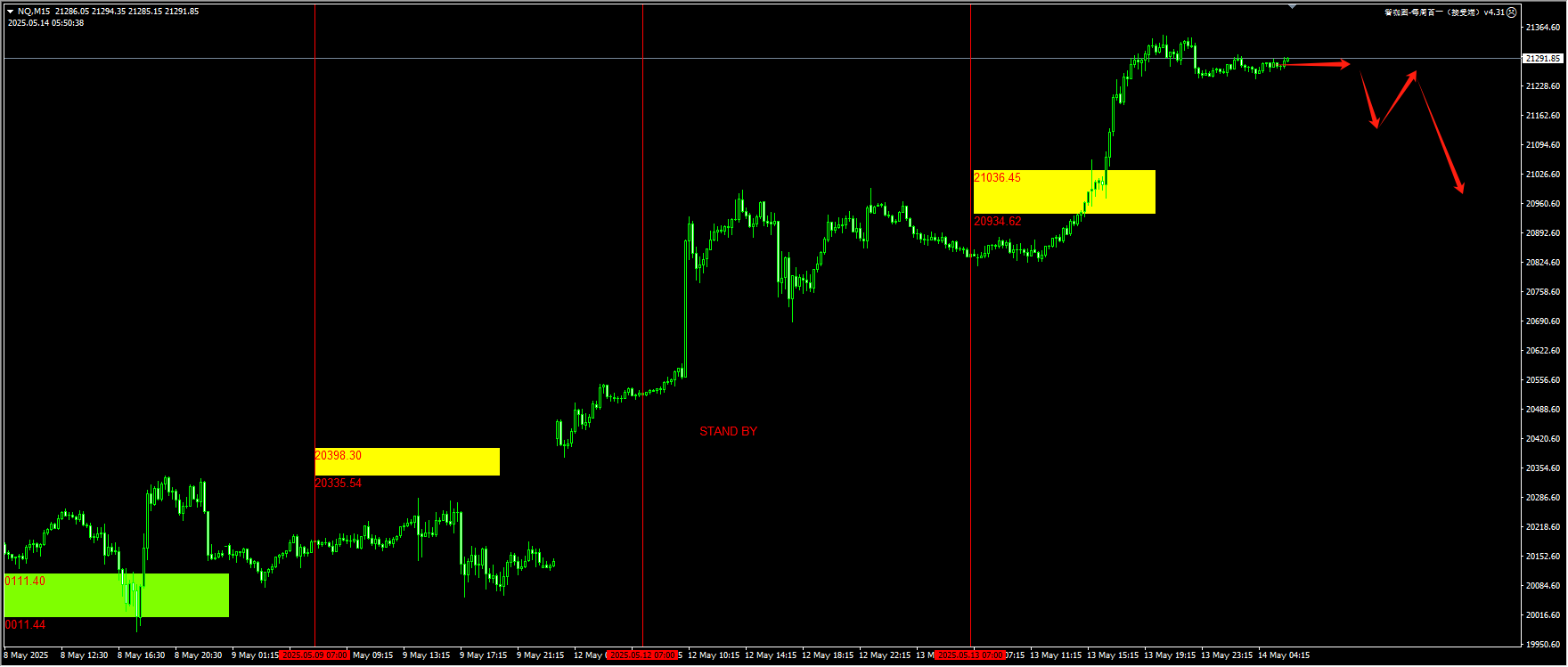The Bloomberg Dollar Index had its worst day in more than a month, trimming Monday’s gains, as traders questioned the sustainability of the dollar’s rally driven by easing trade tensions between China and the United States.
The Bloomberg Dollar Spot Index fell 0.7% on Tuesday as positions in the options market continued to favor the dollar. Data from the Depository Trust & Clearing Corporation (DTCC) showed that the notional value of bearish bets on the dollar so far this week was about $61 billion, higher than bullish bets of $55 billion. By the end of Tuesday, the pound rose 1% against the dollar, and risk-sensitive currencies such as the Australian dollar and the Swedish krona also rose sharply.
The US dollar posted its best single-day performance since the US presidential election on Monday, rising 1% as the United States and China agreed to temporarily lower trade tariffs. This strengthened expectations that the world’s largest economy would avoid a recession and prompted traders to cut their bets on interest rate cuts by the Federal Reserve.
Jordan Rochester, head of macro strategy for Europe, the Middle East and Africa at Mizuho International, said that the short position on the US dollar “has continued due to the news of the de-escalation of tariffs between China and the US.”
According to foreign exchange traders familiar with the deal, hedge funds have reduced their short positions in the US dollar as there is a lack of new bullish demand in the market, whether in spot or options. These traders requested anonymity as they were not authorized to speak publicly.
On Monday, optimism that the trade truce marked the end of a full-scale tariff war put the most pressure on traditional safe-haven currencies such as the Japanese yen and the Swiss franc, and also sent down the pound’s put options. In contrast, options on the euro, the renminbi and the Norwegian krone were heavily bearish on the US dollar, with about two-thirds of trading positions betting on another weakening of the greenback.
But on Tuesday, this optimism began to wane, with many institutions reiterating their view that the dollar will continue to fall. George Saravelos, global head of foreign exchange strategy at Deutsche Bank, told Bloomberg Television that although the US policy direction is more “moderate”, physical money and central banks remain wary of the “concentrated risk” of US assets.
He previously wrote in a report: “Over the past few weeks, the overall news has been more favorable for the rest of the world than for the United States, thus being unfavorable for the US dollar, especially for foreign exchange sensitive to economic growth.”
JPMorgan strategists led by Meera Chandan pointed out that even though the bearish case for the dollar has weakened, it still exists after reports emerged of easing tensions between China and the US on trade.
Qian Dan and her team wrote in a report on Tuesday: “The temporary suspension of tariffs has reduced the possibility of a US economic recession, but it is also beneficial to the growth of the rest of the world, and in some respects, it has placed us in the middle of the dollar smile.”
Howard Du and Carlos Capistran of Bank of America raised their forecast for the Canadian dollar against the US dollar on Tuesday; they suggested conducting options trading to profit from a further rise in the Canadian dollar against the US dollar after it soared by 4.3% in April. Other banks such as Nordea and ABN AMRO also stated that although the US dollar has rebounded recently, it will still decline in the long term and raised their forecasts for the euro and the Chinese yuan respectively.
Jan von Gerich and Philip Maldia Madsen, analysts at Nordea, wrote in a report: “Although recent events have to some extent reduced the likelihood of a severe trade war breaking out, the constant policy shifts still mean that the uncertainty regarding the final outcome and the US government’s goals remains very high.”
The US inflation data released on Tuesday was below expectations for the third consecutive month, which also put pressure on the US dollar.
Macquarie strategists Thierry Wizman and Gareth Berry wrote: “Given the damage caused by events in April, the view of the US as a ‘fully trusted and credible’ counterparty will not be fully restored quickly. This will limit the dollar’s gains, after which the dollar will depreciate again, a trend that even existed before the events in April.”
The so-called risk reversal, which reflects the disparity in demand between call and put options, still indicates a long-term bearish sentiment towards the US dollar, although it is slightly less firm than last week.
Elias Haddad, a foreign exchange strategist at Brown Brothers Harriman & Co., pointed out: “The trade protectionist policies of the United States have increased the risk of the US economy entering a stagflation period. Therefore, we expect the US dollar to face downward pressure again.”
Technical analysis:
Gold: Yesterday, the price reached the blue zone and produced a 1:1 risk-reward ratio effect. However, the overall market situation still lacks a clear trend. Therefore, the price may break through the liquidity in the yellow zone in the plugin today. We will wait for the price to be tested around 3200 today and then look for a rebound signal. For detailed positions, please refer to the plugin.

(Gold 15-minute chart)
The plugin is updated from 12:00 to 13:00 every trading day. If you want to experience the same plugin as shown in the chart, please contact V: Hana-fgfg and note “666” in the message.
The Nasdaq 100 further tested the level above 21,300, driven by the positive factors of the 90-day suspension of tariffs between China and the US and the fact that Trump abandoned the previous chip control rules. However, as the short-term positive factors have been overplayed, we do not recommend continuing to go long. It is advisable to wait for an adjustment before choosing the entry point. For detailed positions, please consult the plugin.

(NASDAQ 15-minute chart)
The plugin is updated from 12:00 to 13:00 every trading day. If you want to experience the same plugin as shown in the chart, please contact V: Hana-fgfg and note “666” in the message.
Crude oil: Yesterday, the blue momentum break trading signal in our plugin performed perfectly. After the price broke through 62.26, it completed the pullback to the demand zone and then rebounded continuously, achieving a profit-to-loss ratio of nearly 4:1. Today, we should continue to adhere to the strategy of buying after a break and pullback, but pay more attention to the break above 63.50. For detailed positions, please consult the plugin.

(Crude Oil 15-Minute Chart)
The plugin is updated from 12:00 to 13:00 every trading day. If you want to experience the same plugin as shown in the picture, please contact V: Hana-fgfg and note “666” in the message.
Today’s key economic data and events to focus on:
14:00 Germany’s consumer price index for April
At 17:15, Federal Reserve Governor Waller will deliver a speech titled “Central Bank Research”.
At 21:10, Federal Reserve Vice Chair Jefferson will deliver a speech on the economic outlook.
